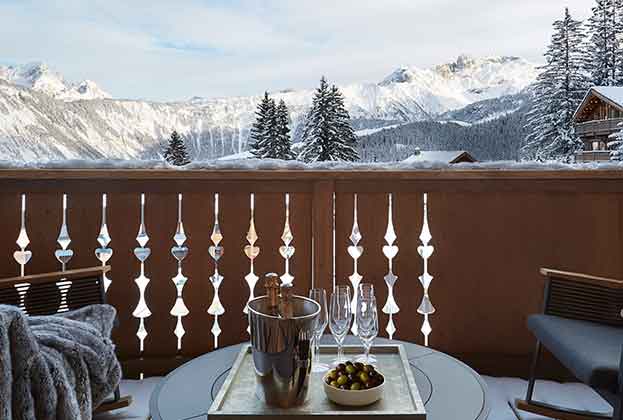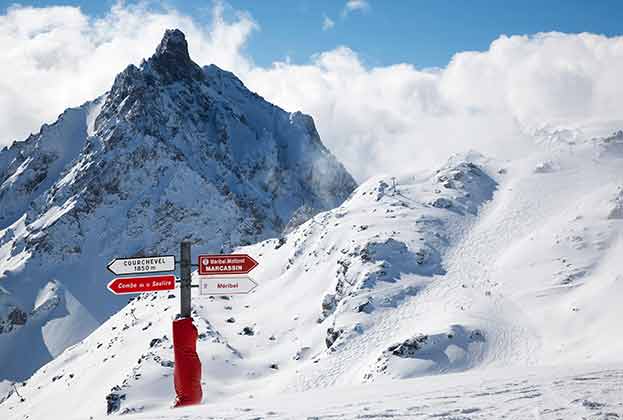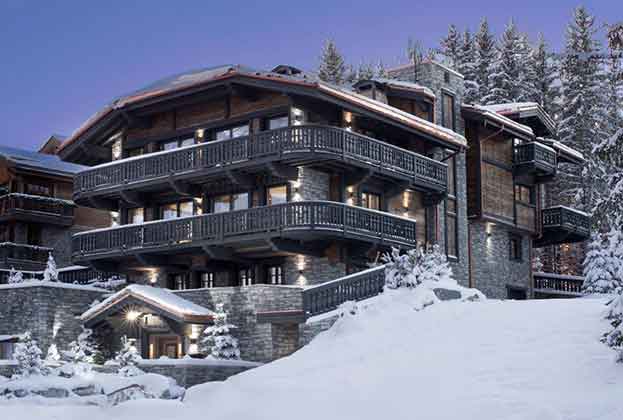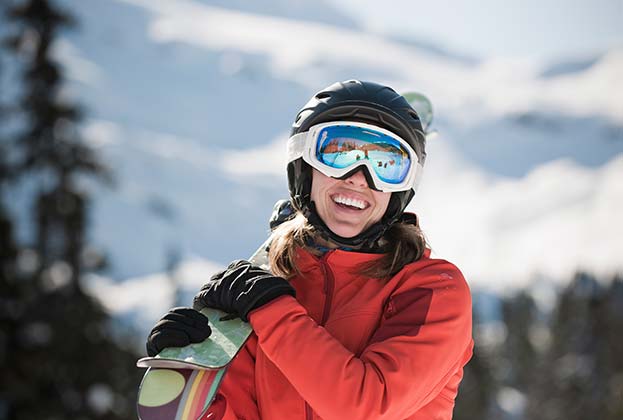Using extensive resort data and insight, our outlook compares 10 resorts in the Alps using factors that are most likely to influence prime property prices in the future
Many factors can influence price growth. The main sources considered are the level of supply in each resort, the openness to international buyers and the resort’s resilience to climate change. Also included, with a lesser weighting, are the national economic forecasts, proximity to transport hubs and the presence of branded residences.
Using these components, we have compared 10 key resorts in the Alps to understand how prime prices could perform over the next five years. Each one has the potential to perform well, but the three resorts where we expect to see the strongest relative prime growth are Andermatt, Chamonix and Zell am See.
Supply, openness to international buyers and resilience to climate change will influence future demand
Savills World Research
Level of supply
Demand and supply dynamics are an important driver of values. Availability of land for development and planning restrictions can limit delivery in many resorts. Those with the tightest supply are likely to see greater price rises in the long term. Two out of three of the expected top performers, Chamonix and Zell am See, are currently very undersupplied. During the last recession, property values fell significantly in the French Alps, exacerbated by high inventory levels. In resorts such as Chamonix, the rapid rise in values prior to the crisis led to considerable softening. Now, supply levels in Chamonix are lower.
International buyers
International buyers are an important source of demand in ski resorts, particularly in the prime market. Looking beyond travel restrictions, openness to international buyers should help drive demand. The level of openness does, however, vary by resort. Out of the 10 resorts considered, all French resorts are completely open to international purchasers, with no restrictions. The Austrian and Swiss resorts in our list tend to have greater levels of restrictions on international buyers. Andermatt stands out as a Swiss resort where there are no such restrictions, owing to an exemption until 2030.
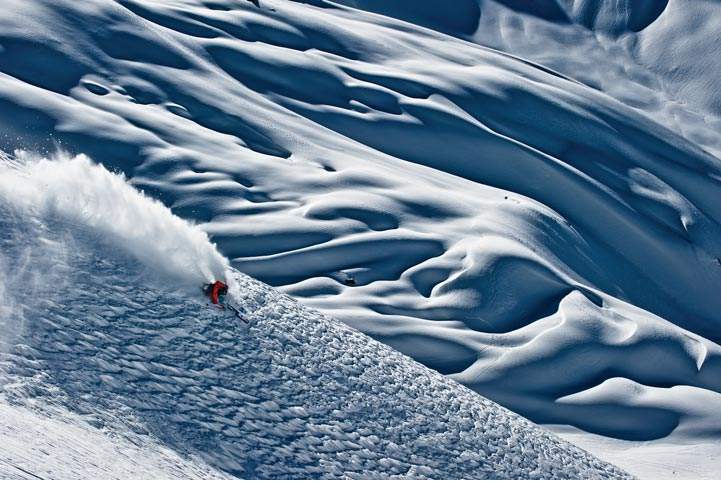
Resort resilience
Beyond Covid-19, ski resorts will need to grapple with the challenge of climate change. The resorts most resilient to this issue could prove the most attractive going forward. The Savills Ski Resilience Index ranks more than 60 ski resorts globally using five metrics to measure the quality and reliability of a resort’s conditions, and its resilience against climate change (see The most resilient ski resorts). Saas Fee and Zell am See both feature among the top 10 in the Savills Ski Resilience Index, ranking second and seventh respectively.
Economic growth and other drivers
Supply, openness to international buyers and resilience to climate change are three important factors expected to influence future demand. These are not, however, the only driving factors.
Economic growth should help drive demand going forward. France is expected to see the strongest economic growth over the next five years with 27%, followed closely by Austria with 25%. Switzerland lags behind with a lower GDP forecast of 18%, although this is unlikely to limit its investment potential per se.
The distance from the nearest airport or train station can also influence buyer decisions. For proximity to transport hubs, Kitzbühel and Zell am See score well.
Meanwhile, the presence of branded residential schemes can add to the attractiveness of a resort. Of the 10 places featured here, Courchevel and Andermatt currently have completed branded residential schemes, while Kitzbühel has one in the pipeline (see Luxury brand, prime location).
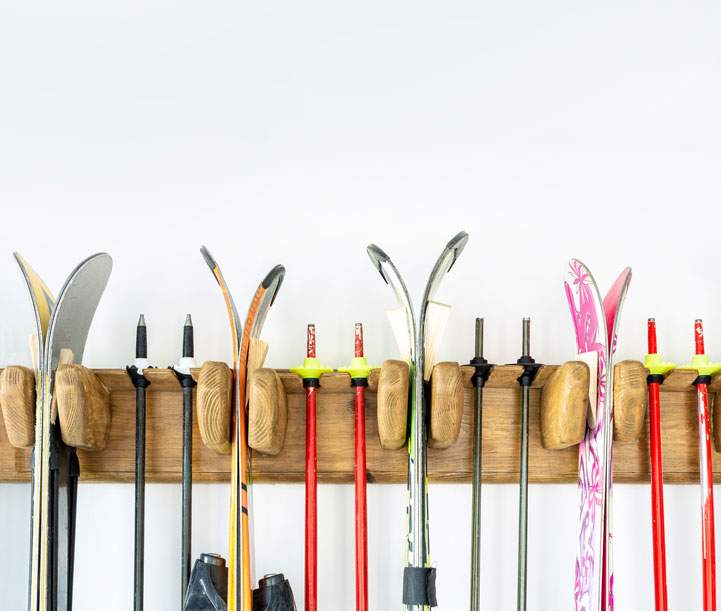
Read the other articles within The Ski Report below
.jpg)
